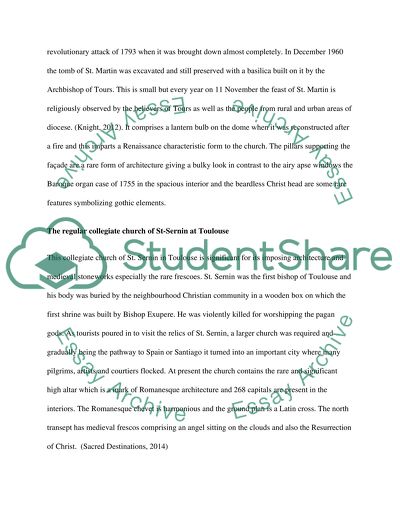Cite this document
(“Pilgrimage and France Romanesque art Coursework”, n.d.)
Retrieved from https://studentshare.org/visual-arts-film-studies/1666633-pilgrimage-and-france-romanesque-art
Retrieved from https://studentshare.org/visual-arts-film-studies/1666633-pilgrimage-and-france-romanesque-art
(Pilgrimage and France Romanesque Art Coursework)
https://studentshare.org/visual-arts-film-studies/1666633-pilgrimage-and-france-romanesque-art.
https://studentshare.org/visual-arts-film-studies/1666633-pilgrimage-and-france-romanesque-art.
“Pilgrimage and France Romanesque Art Coursework”, n.d. https://studentshare.org/visual-arts-film-studies/1666633-pilgrimage-and-france-romanesque-art.


